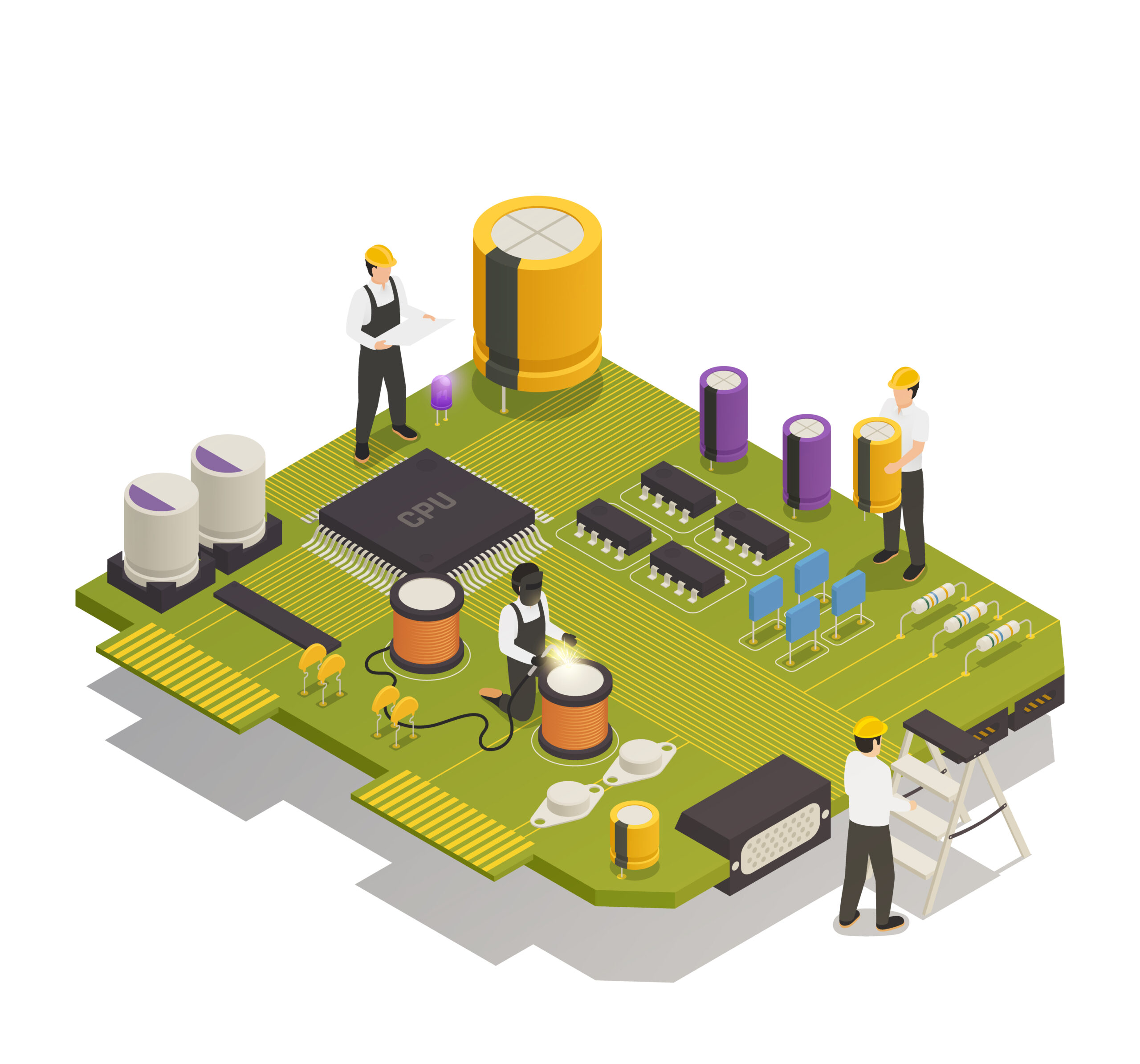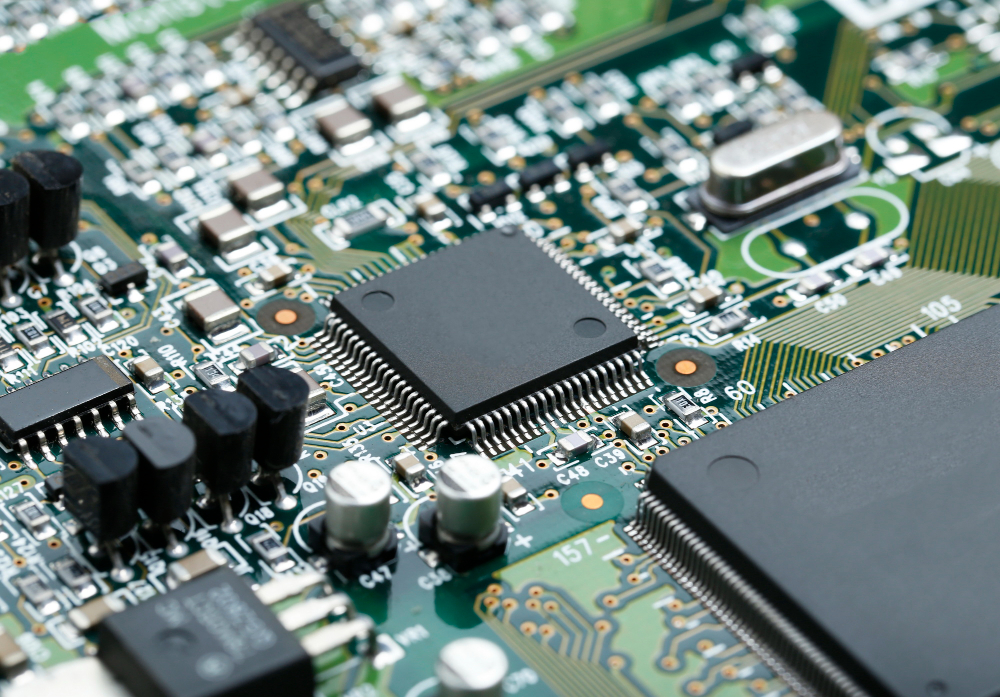In today's highly competitive manufacturing industry, enhancing productivity is a key factor in maintaining a competitive advantage. In the process of electronic device manufacturing, PCB (Printed Circuit Board) assembly plays a critical role. However, many companies face the challenge of how to improve the speed and efficiency of PCB assembly to meet market demands. This article will explore some key factors and practical techniques to assist you in achieving a 20% increase in PCB assembly speed. Understanding the current process and issues of PCB assembly is crucial for devising improvement measures. Let's begin by analyzing the current PCB assembly process to uncover existing bottlenecks and areas of inefficiency. By gaining a deeper understanding of these issues, we can better comprehend the need for improvement and pave the way for subsequent solutions.

First, let's have a brief understanding of the PCB assembly process, which can be divided into several key steps. Component Preparation: Before starting the assembly, we need to prepare the components that will be installed on the PCB. These components can be electronic devices such as chips, resistors, capacitors, etc. Placement: Placement is the process of attaching the components onto the PCB. This is typically done using an automated pick-and-place machine. The machine accurately positions the components on the PCB according to pre-programmed information. Soldering: Once the components are placed on the PCB, the next step is to solder them, ensuring they are securely fixed in place and able to conduct electricity. Soldering can be done using various methods such as surface mount technology (SMT) or through-hole (TH) soldering. Inspection and Testing: Inspection and testing are crucial after soldering is completed. This ensures that the assembled PCB has no defects or errors and functions properly. Testing can involve the use of automated test equipment or manual checks to verify the circuit's functionality and performance. Packaging and Shipping: Once the PCB assemblies are completed and pass the testing phase, they are packaged to ensure safety during transportation and delivery. This typically involves placing the PCBs in protective packaging boxes and attaching necessary labels and documentation for identification and tracking purposes.

Many traditional PCB assembly processes lack real-time detection and feedback mechanisms, leading to issues not being promptly identified and resolved. This can result in incorrect component placement, soldering defects, or circuit connectivity issues, among others. Example 2: An electronics manufacturing company conducting traditional PCB assembly processes found that they had a higher number of defects discovered during the final testing stage, resulting in a higher rework rate. This meant that they not only wasted time and resources but also impacted delivery timelines and customer satisfaction. These examples highlight some of the issues and challenges present in traditional PCB assembly processes. These issues not only affect production efficiency but can also lead to decreased product quality and increased costs. Therefore, improving the PCB assembly process to enhance speed and efficiency becomes crucial. The following sections will focus on key factors and methods to achieve this objective.

To achieve a 20% increase in PCB assembly speed, we need to focus on several key factors. Firstly, optimizing the workflow is a crucial aspect of improving productivity. By streamlining steps and reducing time waste, a more efficient assembly process can be achieved. Example: An electronic manufacturing company identified significant wait times and redundant steps in their PCB assembly process. By redesigning their workflow, they successfully reduced wait times and optimized workstation layouts. As a result, their average PCB assembly time decreased from 45 minutes to 35 minutes, achieving a 22% speed improvement. Data support: According to a report from a manufacturing research institute, optimizing workflows can shorten manufacturing times by 10-30%, significantly enhancing production efficiency. Furthermore, the application of automation technology is another key factor. Automation can reduce human errors and improve work efficiency. For example, an electronic device manufacturing company introduced automated pick-and-place machines and automated soldering equipment to replace manual operations. These automated devices have high speed and precision, enabling them to handle multiple assembly tasks simultaneously. As a result, their PCB assembly speed increased by 30% while reducing the error rate during the assembly process. Data supports this: According to industry research, the application of automation technology can reduce assembly time by 20-50%, greatly enhancing production efficiency and quality control. Finally, training and skill development are equally crucial in ensuring that employees possess the necessary knowledge and abilities to thrive in the fast-paced PCB assembly environment. Example: An electronic manufacturing company recognized the significance of employees' skill levels in assembly efficiency. They implemented a continuous training program that covered the latest assembly techniques and operating procedures. By enhancing employees' skills and knowledge, they achieved a 15% increase in PCB assembly speed and a significant reduction in error rates during the assembly process. Data support: According to a study, trained employees exhibit a 15-20% improvement in job efficiency compared to untrained counterparts. Training not only enhances employees' technical competence but also boosts their confidence in handling complex tasks and troubleshooting. The actual data and examples clearly demonstrate the significance of optimizing workflow, implementing automation technologies, and enhancing employee skills in improving PCB assembly speed and productivity. By implementing these key factors, you can effectively achieve a 20% increase in speed while attaining higher quality and efficiency.

Now that we have understood the key factors, it is time to proceed with implementing improvement measures. Setting clear objectives is crucial for successfully enhancing PCB assembly speed. Our goal is to achieve a 20% speed improvement, and for that, we will implement the following specific measures. Firstly, we will optimize the workflow. By re-evaluating each step and eliminating unnecessary cumbersome operations, we can save valuable time and improve production efficiency. For example, according to a study, an electronic manufacturing company achieved a 25% increase in speed by optimizing the workflow, reducing unnecessary transportation, and queuing time, and successfully reducing the average PCB assembly time from 12 minutes to 9 minutes. Next, we will explore the application of automation technology. Automated equipment can significantly reduce human errors and accelerate the assembly process. For example, an electronic manufacturing company introduced automated pick-and-place machines to replace traditional manual component placement. As a result, they were able to reduce the error rate during the assembly process and increase the placement speed by 30%. This improvement not only enhances production efficiency but also reduces the costs associated with manual rework. Lastly, we must prioritize training and skills development. The skill level of employees plays a crucial role in the efficiency and quality of the assembly process. An electronics manufacturing company has implemented regular training and skill enhancement programs for its employees. As a result, the employees' operational skills have improved, enabling them to identify and resolve issues more swiftly, thereby increasing the assembly speed. According to the company's data, they have achieved a 15% reduction in average assembly time after the training. Based on these actual data and examples, we can see that optimizing workflow, implementing automation technologies, and investing in training and skill development have a significant impact on achieving a 20% increase in PCB assembly speed. These data provide evidence for the potential of these measures and encourage us to implement these improvement strategies in practice. By optimizing workflow, implementing automation technology, and enhancing employee skills, we can achieve a 20% increase in PCB assembly speed. These improvement measures not only result in higher production efficiency but also enhance quality and reduce failure rates. Based on previous empirical data and examples, we can confidently affirm the effectiveness and potential benefits of these improvement initiatives. Now is the time to act. Please consider evaluating your current PCB assembly process and develop an improvement plan based on the methods and techniques provided in this article. Through continuous optimization and enhancement, you will be able to achieve a 20% increase in PCB assembly speed, bringing significant benefits and results to your company. Don't hesitate, start improving your PCB assembly process today!

Customer support